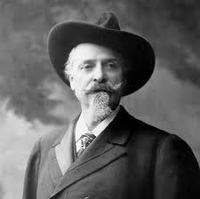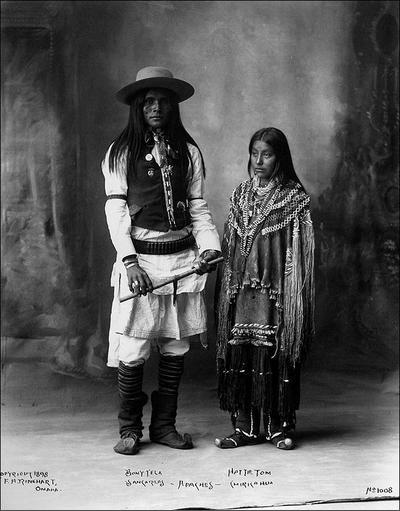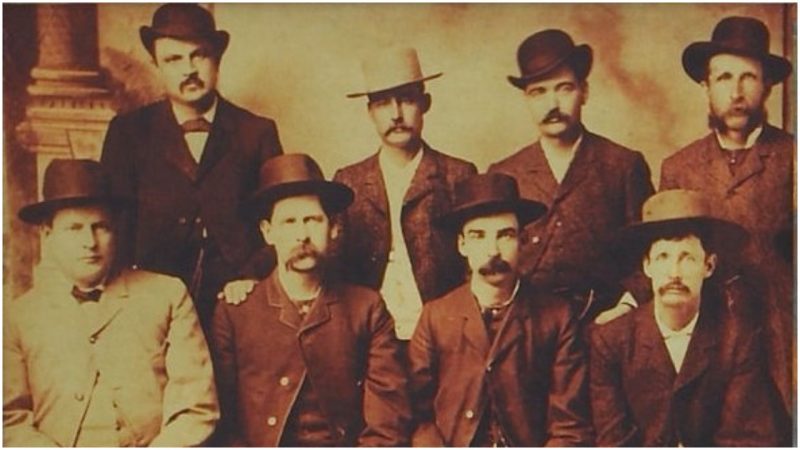Before John Batterson Stetson had appeared and created his signature hat, most of the cowboys from the American plains wore hats designed for other purposes.
This hasn’t been always practical. Stetson, the son of a hat maker, moved to Philadelphia in 1865 and started his own hat-making business. His original design was called “The Boss of the Plains”, and was made to suit the needs of Westerners.
The Boss of the Plains was a light and efficient hat, streamlined to be durable, waterproof, and elegant. Stetson was aware that coonskin caps, sea captain hats, straw hats, and wool derbies, that were often used by hardworking men, were impractical. That’s why he tried to produce a better, long-lasting hat.

His new creation, The Boss of the Plains, was waterproof, wth a high crown and a wide stiff brim. The high crown keeps the top of the head well insulated from the sun effects while the brim protects the face, neck, and shoulders from sun and rain. The underside of the hat was equipped with a sweatband and lining. The early models of the hat had a natural color.

Stetson’s biggest problem was making the hat water-resistant. He tried various materials and at the end he decided that beaver felt works best for The Boss of the Plains. About 42 beaver belly pelts were used in a single high-quality Stetson hat. The insulation was so good that the hat could be used as a bucket if needed. One of Stetson’s adds depicted a cowboy giving water to his horse in the crown of his hat.
This was obviously a perfect design for those who spent a lot of time outdoors, as one satisfied customer stated:
“It kept the sun off your eyes and neck. It was just like an umbrella. It gave you a bucket (the crown) to water your horse and a cup (the brim) to water yourself. It made a hell of a fan, which you need sometimes for a fire but more often to shunt cows this direction or that”.
Besides its practicality, a well-kept and clean Boss of the Plains hat was also regarded as a status symbol back in those days. Stenton’s original design remained unchanged for almost 20 years. During that time, most of the hats were worn with open crowns and didn’t have a designed crease.
As time passed by, and people used the hat in different professions and regions, like any other accessories, certain customizations began to appear. Most of the changes probably came naturally, because, for example, the prolonged use often made the crown dented.

Those dents were later deliberately done by the owner. People also started to roll or curve the brim in a certain way, and some also started putting decorations on the hat. Soon the imperfections became a kind of a signature, a symbol by which you could identify people and the place or ranch where they came from.
Soon some of those modifications started to get manufactured by hat companies. The first launched on the market was called “Carlsbad Crease”, named after the style worn in Carlsbad, New Mexico. Another one called “Montana peak” was inspired by the Mexican sombrero and had four dents which actually came from the handling of the top of the hat.

Celebrities like Buffalo Bill promoted the cowboy and wild west culture also started to use Stetson’s hats. He had a custom wide-brim design that he used to wear during his Wild West Shows.
Here is another one on Old West: James “Scotty” Philip is the man who saved the buffalo
The Boss of the Plains, virtually unchanged since 1865, became the symbol of the American West and cowboy culture. This design, along with its nickname “Stetson”, are closely related to today’s cowboy hat.
